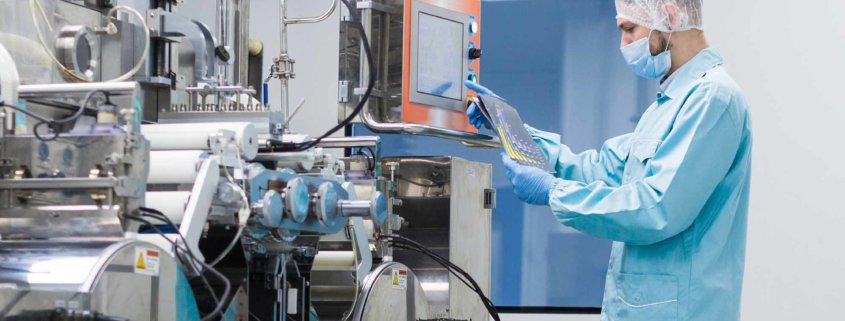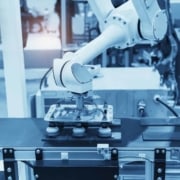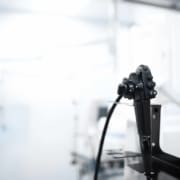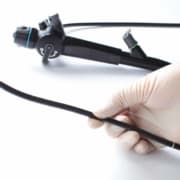4 Reasons MedTech Outsourcers Should Look Closer At Cold Forming
MedTech outsourcers are feeling an increasing amount of pressure to deliver reliable, cost-reducing solutions for their customers while still maintaining positive business outcomes. This tension means that these outsourcers must find alternative sources for the traditional products that we need. They need a way to produce equal or greater performance at lower costs. This mission is a tall order for much of the medical device manufacturing community.
What Is Cold Forming?
The cold forming process involves a technique where the application of force with a punch to a metal blank staged in a die. The force of the punch exceeds the alloy’s elastic limit which causes the plastic to flow until the metal blank assumes the shape bound by the punch and the die. One of the benefits of this process is that it does not damage the original metallurgical structure of the raw material as other methods do. In fact, the result of this process is stronger formed parts.
This is not a ground-breaking new method. It has been around for many years, but it has been overlooked for some time. Due to its low visibility in the industry, cold forming has largely been ignored by medical device companies. In this blog, we are going to discuss a handful of the reasons that MedTech outsources should start to consider cold forging as an effective alternative.
The Advantages Of Cold Forming
- Cost Savings: No matter what industry you operate in, the cost of production must be considered as the main priority. One of the most significant factors in favor of cold forming is that fact that it basically eliminates scrap or wasted materials. This forming process compresses the raw material rather than removing the excess. Getting rid of wasted materials cuts back on the costs of energy, labor, and recycling.
- Dependable Supply: Cold forming machines are able to run 24/7, and only one operator can manage multiple machines at the same time. This means that there are rarely any issues with meeting the demands of back orders or late deliveries. Your supply chain will run smoothly and be able to adapt to increased demands quickly.
- Clean Operation: Very little lubricating oil is needed in the cold forming process. This makes the machines easier to clean and upkeep less extensive. The forming process itself creates less waste than most alternatives as well. All of this also means that cold forming is a more eco-friendly process.
- Increased Durability: As we’ve explained before, the process of cold forming compresses the raw material which increases the tensile strength of the product. Many consumables in the healthcare industry require durability for their use, and this process delivers a stronger overall product.
The Other Possible Solutions
There are several possible solutions to this issue. Each one has its benefits, but in this blog, we have focused primarily on one possible solution. We still believe it is appropriate to mention some of the alternatives:
- Screw machining is a resource in the medical device industry that delivers high-quality, repeatable, and tight-tolerance products.
- Additive manufacturing like metal injection molding or 3D printing is also another possibility.
- Cold forming is an often overlooked possibility that offers several advantages and is the topic we focused on today.
The Final Verdict On Cold Forming
The motivation behind this blog is to promote all of the advantages of cold forming in the medical device industry. Our goal is to offer possible new product design alternatives to engineers in the world of outsourced manufacturing. Despite all of its benefits, cold forming has often been overlooked. This technique could be used to lower costs, reduce waste, enhance product yield, and raise quality.
To learn more about cold forming and the process behind other medical device manufacturing methods, reach out to Remington Medical today.








